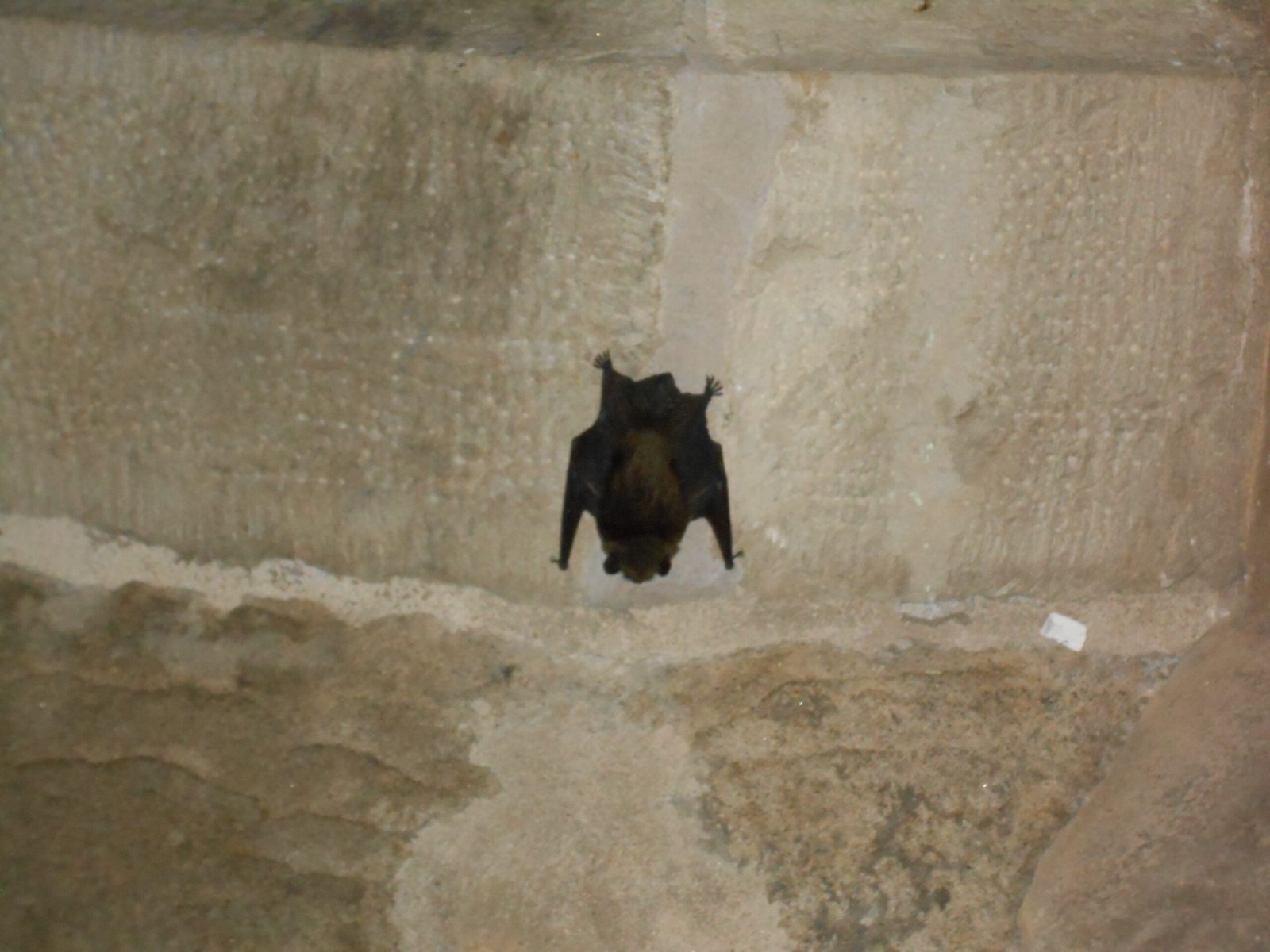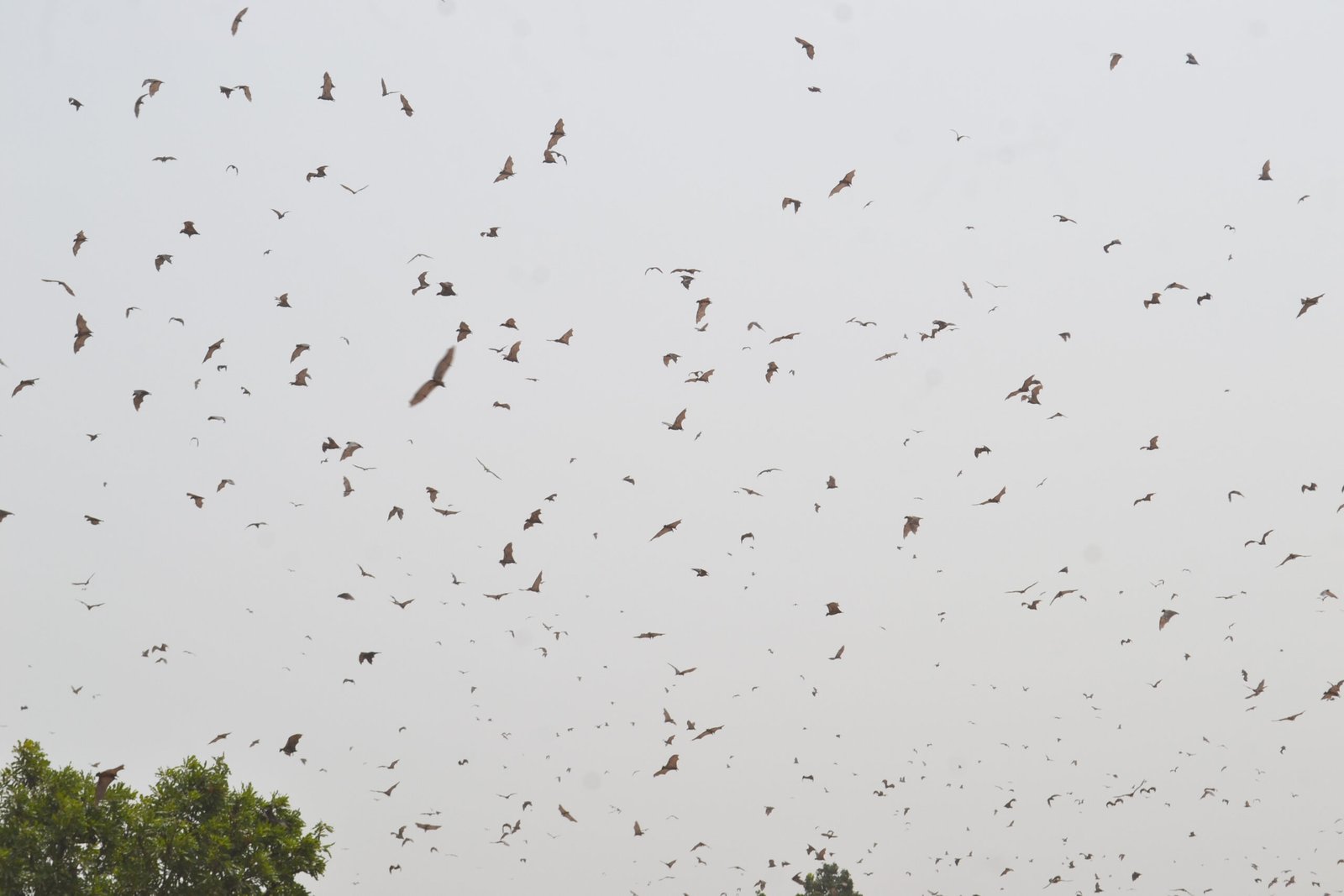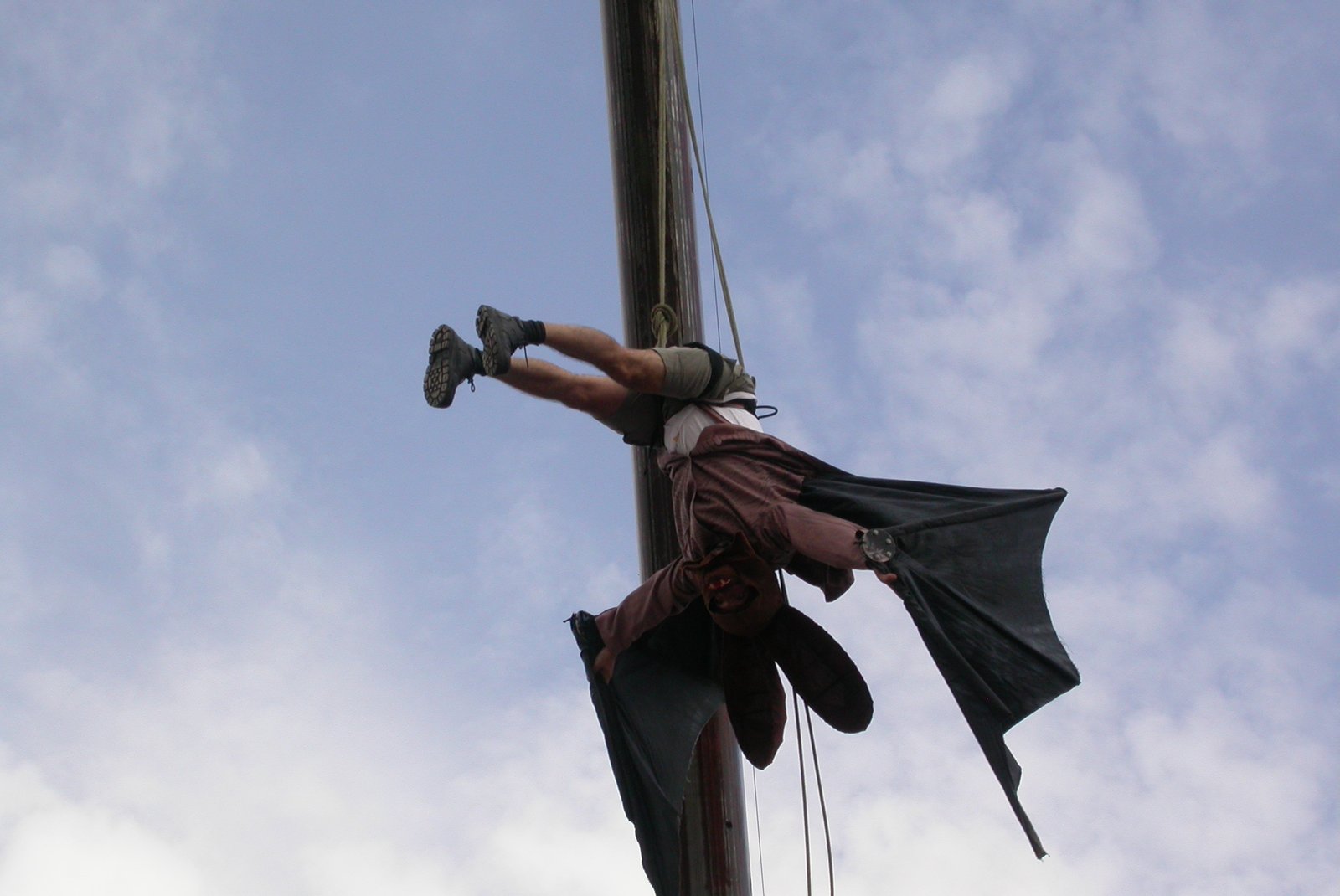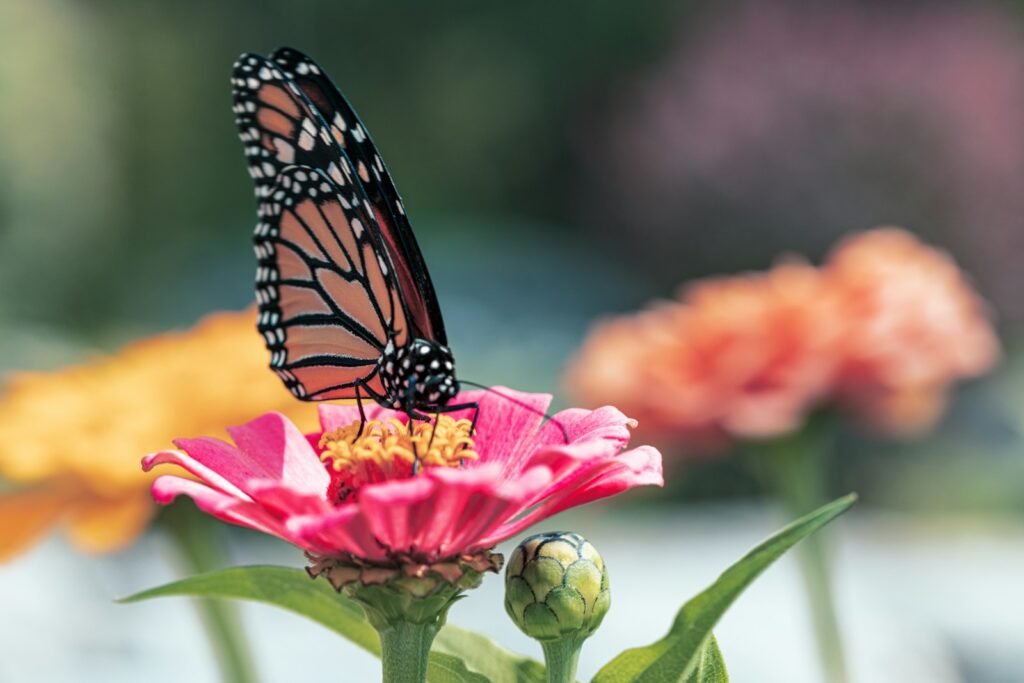The sun dips below the horizon, and as the last golden rays slip away, a silent ballet begins overhead. Tiny silhouettes dart from ancient stone spires and leaf-canopied sanctuaries, weaving through the twilight on invisible wings. These are England’s bats—enigmatic, misunderstood, and vital to the land’s natural heritage. For centuries, they have made their homes in the most unexpected places: from windswept church towers to tranquil countryside barns. Their story is one of survival, adaptation, and the quiet heroism of those who fight for their future. In a world where the smallest creatures are often overlooked, the tale of bats and their sanctuaries reveals a secret world where science, tradition, and hope intertwine.
The Unseen Guardians of the Night
When most people think of wildlife, bats rarely come to mind. Yet these nocturnal flyers play an extraordinary role in England’s ecosystems. With more than 18 species recorded across the country, bats act as natural pest controllers, devouring thousands of insects each night. Their silent, sweeping flights help keep delicate environmental balances in check, benefiting crops, gardens, and woodlands alike. Despite their importance, bats are shrouded in myth and misunderstanding, often mistaken for pests or omens. In truth, they are sensitive, social creatures whose presence signals a healthy, thriving landscape.
Church Towers: Historic Havens for Bats
England’s iconic church towers have become unexpected sanctuaries for bat colonies. For generations, these towering structures have offered perfect roosting conditions—hidden crevices, stable temperatures, and safety from predators. Species like the common pipistrelle and the rare greater horseshoe bat frequently use church attics and belfries to raise their young. The intertwining of human heritage and wildlife conservation creates both opportunities and challenges. While bats bring life to these ancient buildings, their droppings and nesting habits sometimes pose issues for caretakers and congregations. Still, many churches embrace their winged tenants, seeing them as guardians of tradition and biodiversity.
The Science of Conservation: Protecting Bat Habitats

Saving bats is not just about preserving old buildings; it’s rooted in careful science and passionate advocacy. Conservationists conduct detailed surveys to identify roosts and track bat populations, using ultrasound detectors to decode their mysterious calls. Research has revealed startling declines in some species, driven by habitat loss, pesticide use, and climate change. Dedicated organizations collaborate with landowners, architects, and local councils to safeguard roost sites during development and renovation. By combining modern technology with age-old wisdom, scientists aim to ensure that bats remain a living part of England’s landscape.
Community Efforts: People Power in Bat Protection

From bustling towns to remote villages, communities across England have become unlikely heroes in the fight for bat survival. Volunteers check church attics, install bat boxes, and even adopt “bat-friendly” gardening practices. Educational programs bring children face-to-face with live bats, sparking wonder and empathy. Local festivals celebrate these creatures with twilight walks and storytelling sessions. This grassroots enthusiasm turns conservation into a shared mission, where every person’s efforts—no matter how small—help tip the balance toward hope.
Bat Sanctuaries: More Than Just Safe Havens
Purpose-built bat sanctuaries are sprouting up across England, offering injured or orphaned bats a second chance at life. These refuges provide expert care, rehabilitation, and, eventually, release back into the wild. Sanctuaries also serve as research hubs, giving scientists a rare glimpse into bat behavior and health. Many open their doors to visitors, blending science with storytelling to dispel fears and foster respect for these gentle flyers. The stories of rescued bats—like Pip the pipistrelle or Bella the brown long-eared bat—capture hearts and remind us that every life matters.
The Hidden World of Echolocation
Bats navigate the darkness using one of nature’s most fascinating adaptations: echolocation. By emitting high-pitched calls and listening for the echoes, they build a detailed mental map of their surroundings. This ability lets them hunt insects with astonishing precision, even in total darkness. Scientists study these ultrasonic calls to identify different species, track migration, and monitor population health. Echolocation is more than a survival tool; it’s a window into a world most humans can barely imagine, where sound paints the night in ghostly outlines.
Challenges Facing England’s Bats
Despite their resilience, bats face mounting threats in modern England. Urban development fragments their habitats, making it harder to find safe roosts and feeding grounds. Widespread pesticide use reduces insect prey, leaving bats hungry and weak. Climate change brings unpredictable weather, disrupting breeding cycles and migration patterns. Even well-meaning building renovations can unwittingly destroy crucial roosting sites. Conservationists warn that unless urgent action is taken, some species could vanish from the English countryside in our lifetimes.
Innovations in Bat-Friendly Architecture
Forward-thinking architects and builders are now weaving bat conservation into their designs. Creative solutions include “bat bricks” built into new homes, green roofs that attract insects, and special lighting that doesn’t disrupt nocturnal flight. Some churches and historic buildings have installed discreet bat entrances, allowing colonies to thrive without disturbing human activities. These innovations prove that modern living and wildlife protection can go hand in hand, offering hope for a future where bats and people coexist in harmony.
Education and Changing Perceptions

Old fears and superstitions about bats still linger, fueled by misunderstandings and sensational stories. Changing these perceptions starts with education. School visits, nature documentaries, and hands-on workshops reveal the true nature of bats—gentle, shy, and essential. As people learn more, curiosity replaces fear, and admiration grows for these remarkable mammals. Seeing a bat swoop across a summer sky becomes a moment of wonder, not worry. The shift in attitude is slow but steady, driven by those willing to share knowledge and inspire change.
England’s Bats: A Symbol of Hope and Resilience
Bats have survived wars, plagues, and centuries of upheaval, quietly adapting to the changing world. Their story is one of resilience against the odds—a reminder that even the smallest creatures can endure and flourish, given a chance. Each successful rescue, every protected roost, and every child’s gasp of delight at a flitting shadow is a victory in the larger battle for biodiversity. In the end, bats symbolize more than just survival; they embody the hope that humans and nature can find common ground, even in the most unexpected places.



